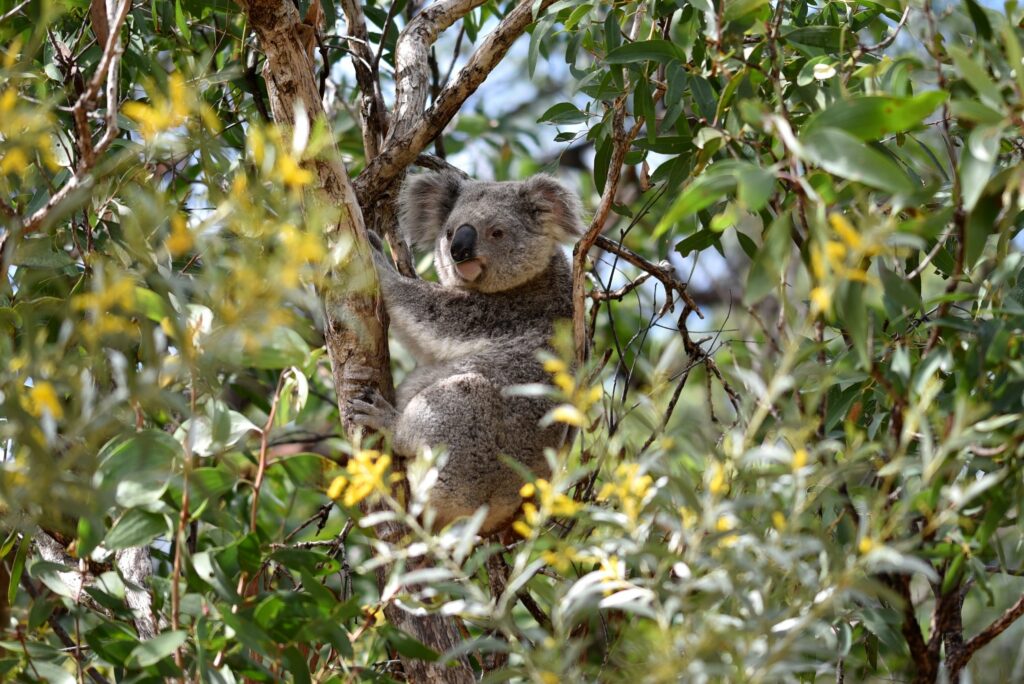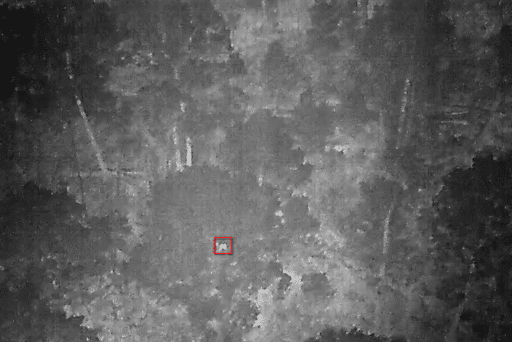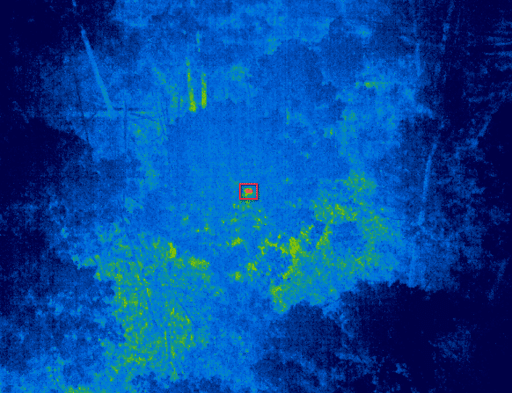Koalas x GHD
ENDANGERED SPECIES | THERMAL MONITORING SURVEY
Koalas are one of Australia’s most iconic and instantly recognisable wildlife species, yet they are incredibly difficult to survey for with perfect camouflaged fur and a sleepy daytime habitat of curling up motionless in the fork of a tree. A combination of different techniques has traditionally been used in an attempt to find and count koalas, including using citizen science records, the presence of scats, spotlighting, acoustic monitoring and using detection dogs to follow their scent. However, it is also recognised by the NSW Chief Scientist that there are many limitations to these methods including limited coverage with poor data reliability in some terrain and vegetation types. Detecting koalas is particularly challenging in low-density populations where the chances of coming across a koala is already low and is of particular concern given the species continues to decline and has recently been listed as Endangered.
Recognising these challenges with traditional techniques, the NSW Koala Monitoring Strategy identifies thermal drone technology as an increasingly valuable survey tool for detecting and monitoring cryptic koalas.
Therefore GHD engaged Wildlife Drones’ specialised thermal drone pilots to conduct thermal imaging surveys to determine the presence and abundance of koalas across a large study site in the Pilliga region of NSW as part of a broader biodiversity assessment.
Given the extensive survey area and the challenges of using traditional techniques over such vast areas, rapidly surveying the site from the air using drone technology proved to be a massive time and money saver in covering large areas rapidly, and with great confidence. Our thermal cameras were also useful in providing the ground crew with real-time visual and spatial data on koalas, as well as other species and landscape features (such as large nesting hollows) present in the environment.
The data collected was critical in contributing to the knowledge of dwindling koala populations in the region and evaluating the extent of potential impacts of development on the species, now listed as endangered.
Wildlife Drones’ thermal koala surveys were great and confirmed everything that I had read about the efficiencies of using drones for this type of survey. The area that was covered over the five nights was certainly impressive, especially given it was a relatively challenging site to work on. The additional benefit of picking up heat signatures of other small animals and from hollows really opened our eyes to even more applications and possibilities for drone surveys in the future.
Kirsten Crosby
Technical Director – Biodiversity GHD



Categories: #ThreatenedSpecies

